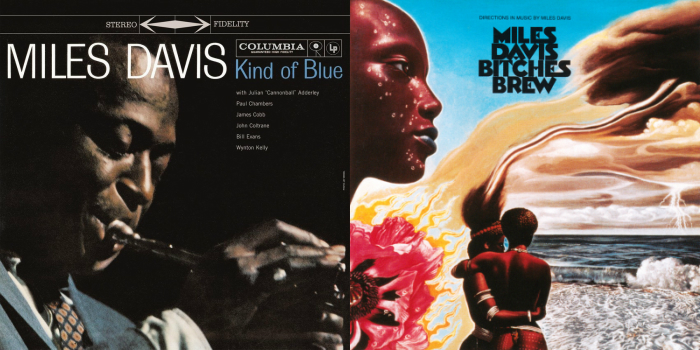For some time now, certain fans of Queen have sought the elusive answer to the question “what made Freddie Mercury such an incredible singer?” That he was an incredible singer—one of the greatest in terms of vocal range, emotive power, stage presence, songwriting, etc.—is hardly a fact in dispute. Or it shouldn’t be. You don’t need to love Queen’s music to acknowledge its brilliance, and marvel at its frontman’s seemingly superhuman power and stamina. The explanations for it are multiple and have become far more sophisticated in recent years.
Scientific research has examined the possible physiological structure of Mercury’s vocal chords, and concluded that he was able to vibrate several vocal folds at once, creating subharmonics and a vibrato faster than that of any other singer. It’s a compelling theory, albeit a little gross. Who wants to listen to “Somebody to Love”’s glorious, swooping soulful verses and Broadway showstopper choruses and picture vibrating vocal folds? Mercury was a showman, not a singing machine—and his unique inflections derived not only from biology but also—argues Rudi Dolezal, director of Freddie Mercury: The Untold Story—from culture.
Mercury’s formative experiences as a child in Zanzibar and India, and the “culture shock” of his move to London as a teenager, may have contributed to his expansive vocal prowess: “it was multiculturalism that was combined in Freddie Mercury,” says Dolezal, suggesting that Mercury’s voice went places no one else’s did in part because he combined the strengths of Eastern and Western music. Maybe. Mercury grew up emulating English and American artists like Cliff Richard and Little Richard, but one of his biggest influences was Bollywood superstar Lata Mangeshkar.
Mercury himself had his own unusual theory, believing that his distinctive overbite somehow played a part in his singing ability, which is why he never had his teeth straightened despite a lifetime of self-consciousness about them. Maybe the most honest fan answer to the question might be, “who cares?” Just enjoy it—over-analysis of the parts takes away from the experience of Queen’s bombastic theatrical whole. That’s fair enough, I suppose, but if there’s any voice worth obsessing over it’s Mercury’s.
If you’re still in doubt about why, listen to the isolated vocal track at the top for “Somebody to Love” from start to finish. You’ll hear a singer who sounds capable of doing pretty much anything that it’s possible to do with the human voice except sing off-key. Yes, of course, it’s impressive in context, with the band’s vocal harmonies lifting Mercury’s voice like a great pair of wings. Take them away, however, and strip away all of the song’s instrumentation, and Mercury’s vocal seems to soar even higher. I’d kind of like to know how he did that.
Related Content:
Freddie Mercury: The Untold Story of the Singer’s Journey From Zanzibar to Stardom
Josh Jones is a writer and musician based in Durham, NC. Follow him at @jdmagness


